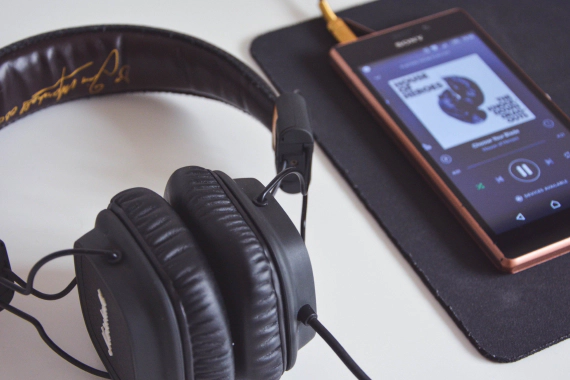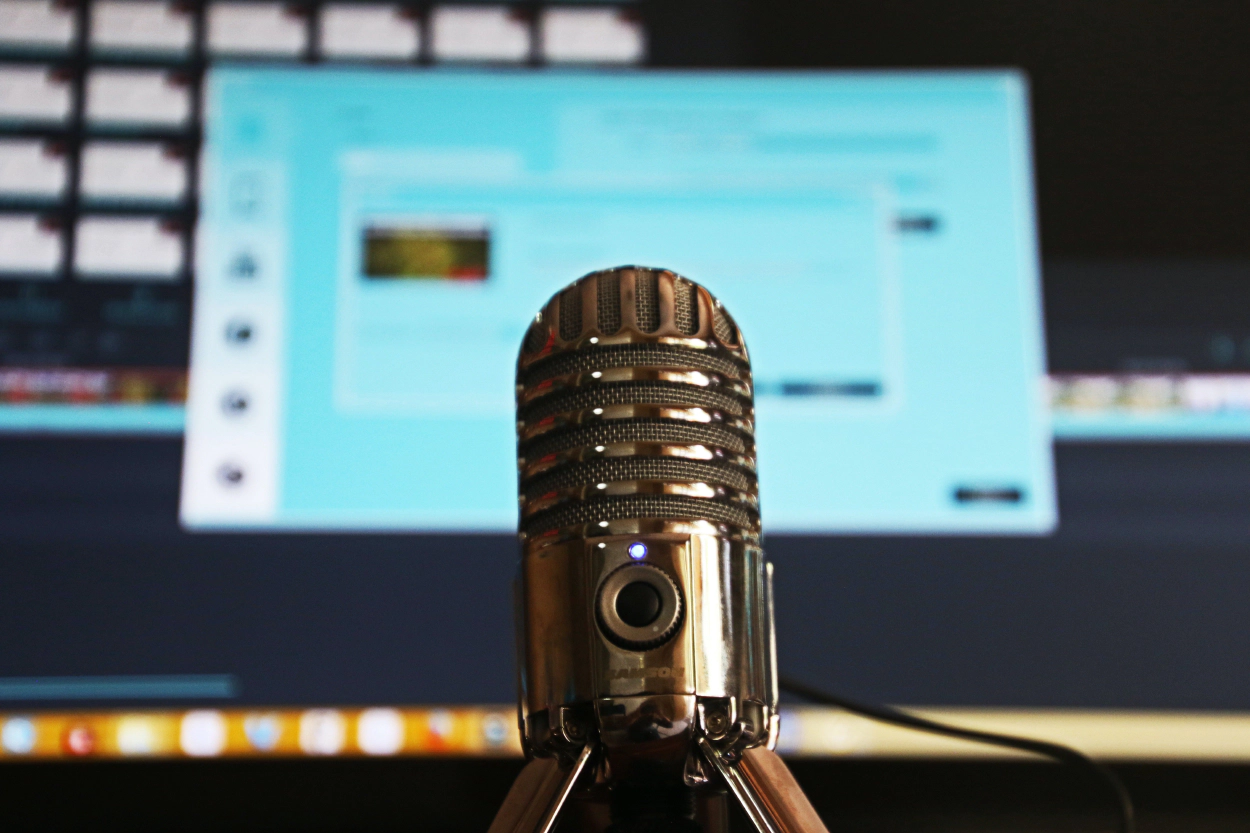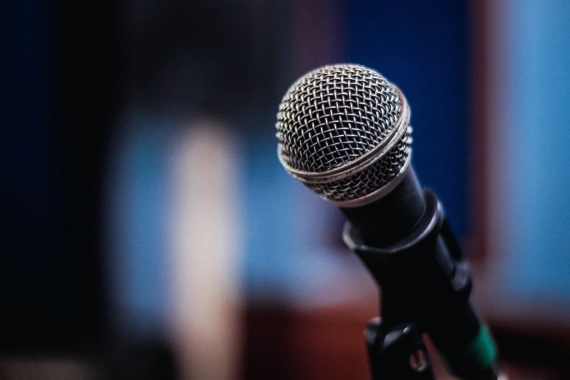
How long should your podcast be?
If you have 100,000 listeners and you edit out one useless minute, you are saving 100,000 wasted minutes in …


Creators no longer need to be in the same room to collaborate on something extraordinary. Technology has made it possible to record a podcast from separate parts of the world. Remote interviews have always been a staple in the podcast industry, and now there are more reasons than ever to record podcasts from a distance:
Even podcasters who used to record podcasts in person have had to switch to remote settings.
Remote guests have become a necessity for businesses these days since the availability of expertise & sharing of opinions is no more dependent on distance. Technology has made it possible to connect people across geographies and time zones.
However, if you’re used to recording interviews in-person or are thinking about starting a podcast, you’ll undoubtedly have a few questions such as:
If you have had these questions, then read on to know everything about recording and publishing high-quality audio (and video), all from the comfort of a home.
Before we get into the nitty-gritty of remote recording, let’s make sure you’ve got the essentials needed for remote podcasting:
You should always record with headphones for two reasons:
If you don’t wear headphones, you risk causing feedback, capturing an echo of your guest’s voice, and failing to notice major background audio distractions.
You don’t need a fancy set of headphones to get started; a pair of basic earphones will suffice. Check out some widely recommended headphones if you’re looking for something more professional.
If you’re on a budget, consider plug-and-play USB microphones. When using an internal laptop or computer mic, the sound quality deteriorates. Even the best recording software won’t save you. Remember, if your sound offends the listeners’ eardrums right away, they’re not going to stay for long!
Fortunately, there are a plethora of affordable plug-and-play USB microphones in the market.
Before you start recording, ensure your internet connection is up to snuff. Most remote recording platforms require at least 5Mbps upload and download rates, while 10+Mbps is recommended for a better recording experience.
After you’ve secured some guests and set up your gear in the appropriate location, the next step is identifying the particular software based on the type of podcast.
Whatever format you use for your audio podcast recording, make sure it supports video (conferencing and/or recording), has good sound quality, and is simple to use for your guests.
Because podcasts are primarily an aural experience, obtaining high-quality audio is essential. On the other hand, choosing the right program for remote recording depends on your requirements.
Even the most outstanding software for remote podcasting isn’t flawless when recording over the internet. While looking through these possibilities, keep your goals and recording method in mind to determine which one would be the best fit for you.

If you have 100,000 listeners and you edit out one useless minute, you are saving 100,000 wasted minutes in …

Podcasts have become the king of the content world in no time. From a 50-year-old to a new Gen Z audience, …